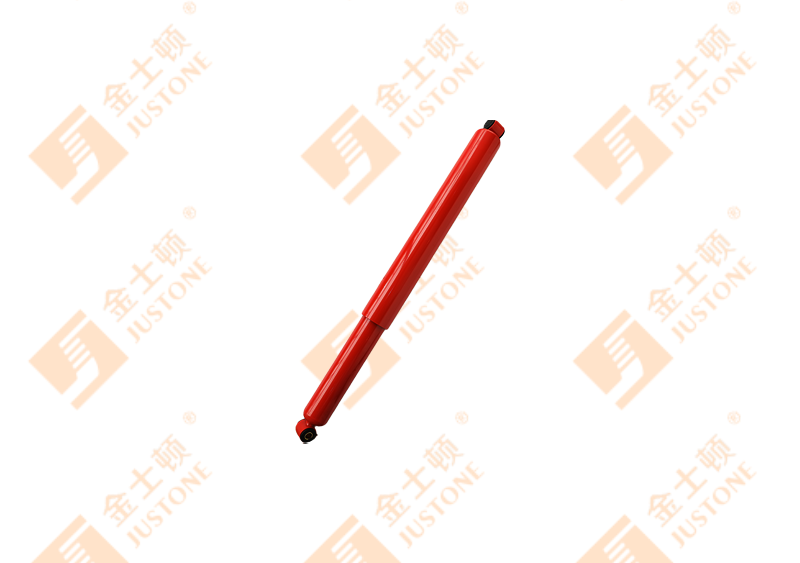The design of
solar mount axial tracker shock absorbers is optimized to address the specific challenges and requirements of these systems. Here are key considerations in the design optimization of shock absorbers for solar trackers:
Dynamic Load Variations:
Solar tracking systems experience dynamic load variations as they follow the movement of the sun. The shock absorbers must be designed to handle these changing loads smoothly, providing controlled damping to prevent abrupt movements and reduce stress on the tracking structure.
Adjustable Damping:
The ability to adjust damping forces is crucial in solar trackers. Different environmental conditions, wind loads, and the weight of solar panels can affect the dynamics of the tracker. Adjustable damping allows for optimization of the shock absorber's performance based on specific conditions.
Temperature Stability:
Solar trackers are exposed to a wide range of temperatures, especially in outdoor installations. The shock absorbers must be designed to maintain stable performance across varying temperatures to ensure consistent damping characteristics.
Corrosion Resistance:
Outdoor solar installations are often exposed to environmental elements, including moisture and corrosive agents. The materials used in the shock absorbers should be corrosion-resistant to ensure long-term reliability and durability.
Compact and Lightweight:
Solar trackers often have weight limitations, and minimizing the weight of components is essential. The design of shock absorbers aims to be compact and lightweight while still providing the necessary damping forces.
High-Efficiency Damping:
Efficient damping is critical for the performance of solar trackers. Shock absorbers need to efficiently convert kinetic energy into heat, reducing oscillations and vibrations while maximizing the energy capture efficiency of the solar panels.
Sealed and Maintenance-Free Design:
To minimize maintenance requirements and prevent the entry of contaminants, shock absorbers for solar trackers are often designed to be sealed and maintenance-free. This design feature helps ensure long-term reliability and reduces the need for regular inspections.
Compatibility with Tracking System Geometry:
The design of shock absorbers should be compatible with the geometry and mechanics of the solar tracking system. This includes considerations for mounting points, attachment mechanisms, and the overall layout of the tracker.
Compliance with Safety Standards:
Solar trackers must comply with safety standards to prevent damage, accidents, or injury. The design of shock absorbers should align with these safety standards to ensure that the entire solar tracking system operates safely.
Cost-Effectiveness:
The design should balance performance with cost-effectiveness. The materials, manufacturing processes, and overall design should contribute to a shock absorber solution that is economically viable for solar tracking applications.
Adaptability to Environmental Conditions:
Shock absorbers must be designed to adapt to various environmental conditions, including wind, rain, and extreme temperatures. This adaptability ensures that the shock absorbers perform reliably in diverse climates and locations.
The optimization of shock absorbers for solar tracking systems involves a multidisciplinary approach, considering mechanical engineering principles, material science, and environmental factors. The goal is to enhance the overall reliability, efficiency, and safety of solar tracking systems.

